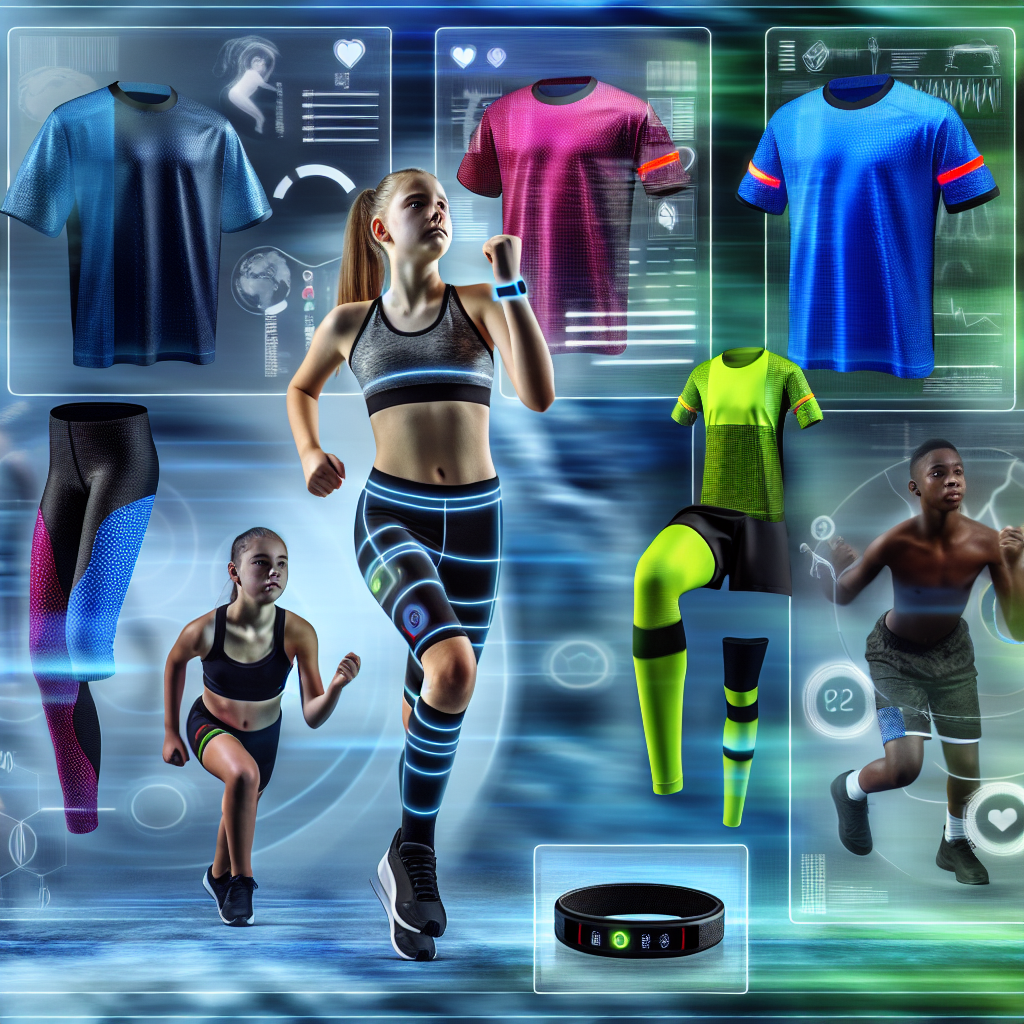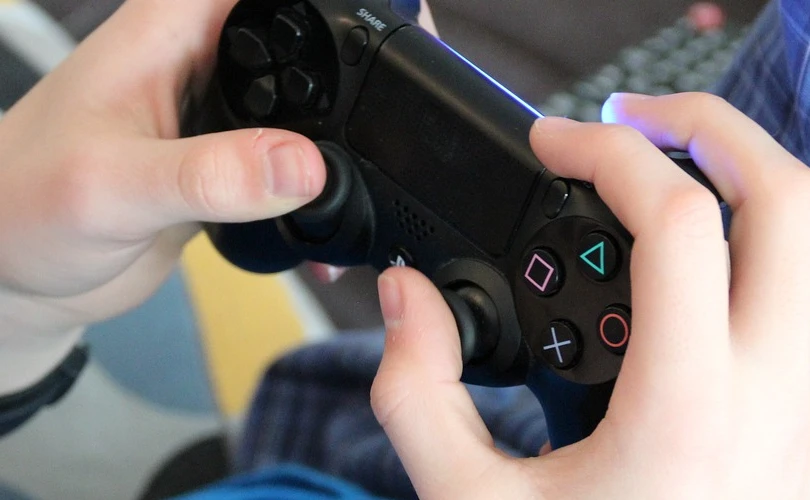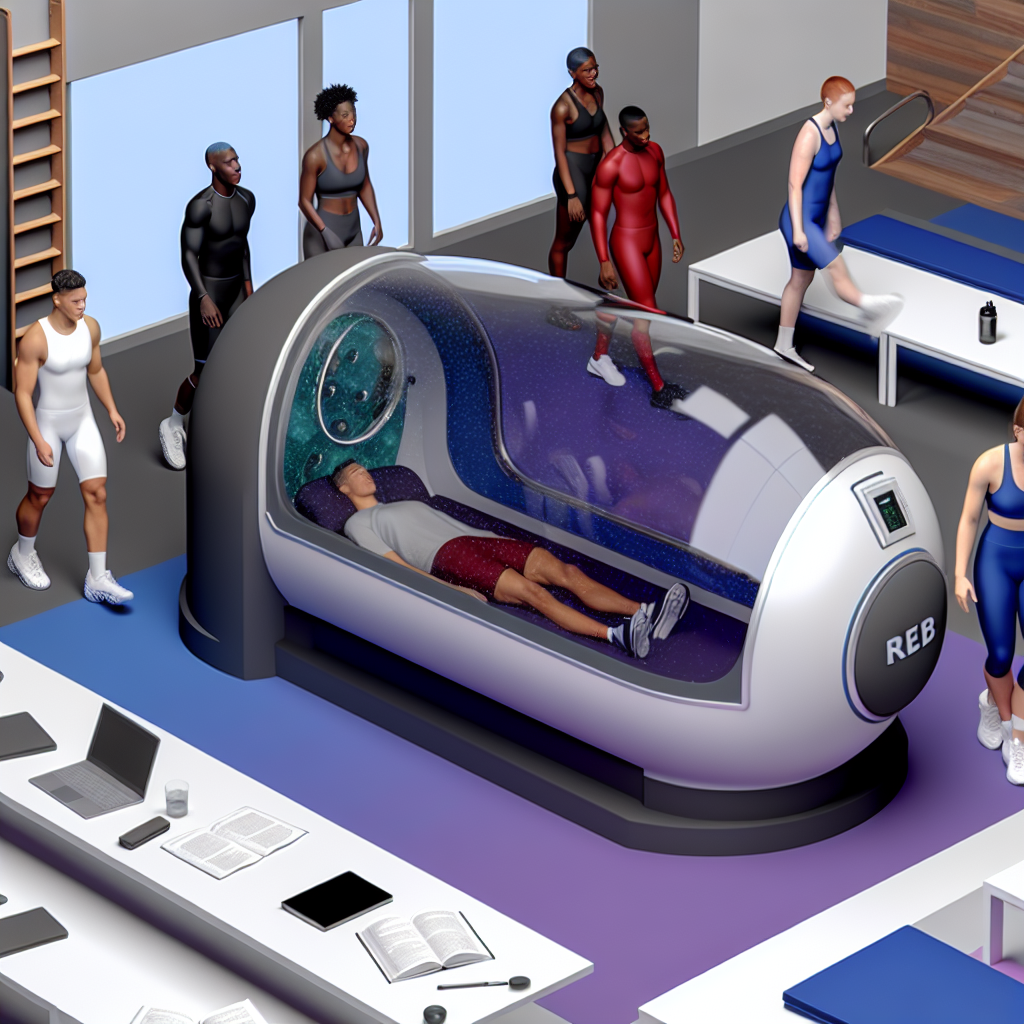Future-Proofing Young Athletes: The Rise of Premium Biometric Smart Clothing

Precision Meets Performance: The Future of Youth Athletics Starts with Smartwear
For affluent families intent on nurturing the development, health, and ambitions of their young athletes, a new frontier is emerging at the convergence of technology and performance: premium biometric smart clothing. As competitive youth sports grow increasingly data-driven, tech-savvy parents are embracing high-tech solutions to enhance athletic performance, reduce risk of injury, and tailor training to the individual needs of developing bodies.
Once reserved for elite professionals, biometric tracking apparel is now being reimagined for younger athletes. These high-performance garments come embedded with refined sensors that deliver real-time physiological data, allowing for unprecedented insight into heart rate variability, posture, motion mechanics, muscle fatigue, and recovery cycles.
Programs at elite academies and youth sports institutions are adopting this technology, emphasizing injury prevention and long-term development. Companies are employing pediatric-specific design principles to develop these garments, uniquely tuned for the biomechanics of children ages 8 to 16. The result is a holistic approach to health and performance that blends science, design, and athletic ambition.
For families already investing in private coaching, training camps, and performance-enhancing equipment, biometric clothing is a natural evolution in pursuit of excellence. Unlike bulky trackers or chest straps, these smartwear pieces integrate unobtrusively into tightly fitted performance fabrics—delivering function, comfort, and style in every thread.
The Technology Behind the Threads: How Smart Clothing Works
The core innovation lies in the sensor-embedded fabric. Sensors meticulously positioned along major muscle groups and joints enable the garments to capture sophisticated data like:
– Muscle activation via EMG (electromyography)
– Acceleration and deceleration patterns
– Heart rate variability
– Respiratory rhythms
Unlike conventional wearables like smartwatches or heart rate straps, biometric clothing allows continuous, full-body tracking—all while the young athlete performs naturally.
A 2023 study published in the journal Sensors emphasizes that smart textile biosensors provide more accurate and location-specific data than wrist or chest devices. Pediatric models are designed to align with children’s evolving frames, accounting for growth rates and developmental changes over time.
This results in deeper insights, allowing coaches, athletic trainers, and parents to monitor exertion levels, optimize training loads, and prevent burnout before it begins.
Preventing Injuries Before They Happen
One of the most transformative benefits of biometric apparel is proactive injury prevention. For young athletes, injuries at formative stages—like ACL tears or stress fractures—can interrupt development and limit long-term potential.
A landmark study in the British Journal of Sports Medicine found that real-time motion tracking reveals subtle asymmetries that are early indicators of overuse injuries. For sports that are high-impact or asymmetrical (such as tennis, fencing, and soccer), early detection allows intervention—be it a technique adjustment or a change in workload.
Biometric feedback in these smart garments can signal:
– Improper load distribution
– Repetitive strain patterns
– Postural deficiencies
Tracking these nuances can trigger timely adjustments, ensuring that kids stay on the field longer—and healthier.
Bringing Professional-Grade Metrics to Youth Athletes
Youth-specific smartwear is no longer a fantasy. Industry leaders such as Hexoskin, Athos, and Prevayl now offer premium biometric garments engineered for younger athletes. Their complementary apps provide important developmental insights tailored to children’s needs, including:
– Core body temperature fluctuations during exertion
– Respiratory efficiency and VO2 trends
– Accurate ECG (electrocardiogram) readings
– Deep sleep patterns and quality recovery time
– Efficient caloric output tracking
Dashboards simplify this data into understandable visuals, offering at-a-glance summaries of training load, growth impact, and readiness to perform. These metrics empower parents, coaches, and even athletes themselves to make smarter day-to-day decisions about training intensity, rest days, nutrition, and performance.
Empowering Young Athletes Through Data
Beyond the physical, data-centric tools cultivate mental strength and self-awareness in young athletes. Empowerment through feedback nurtures intrinsic motivation—a quality that often distinguishes great athletes from good ones.
A study published in the Journal of Sports Sciences demonstrated that youth athletes who understood their biometric data developed higher levels of self-discipline, resilience, and emotional intelligence. They weren’t just following instructions—they were taking ownership of their improvement arcs.
Teaching children to interpret their own performance data translates into enhanced communication with coaches, better decision-making around training habits, and a long-term approach to well-being that far outlasts youth competition.
Style Meets Science: Fashionable Functionality for the Field
Luxury has reached the sportswear domain—and for good reason. Today’s premium biometric apparel doesn’t just function with precision; it also looks and feels good.
Top-tier smartwear brands emphasize:
– Seamless compression designs that move fluidly with the body
– Moisture-wicking, antimicrobial materials for odor-free wear
– Ergonomic fits tailored for dynamic play
Additionally, many garments come with child-safe mobile apps that are COPPA-compliant and feature parental controls, ensuring privacy and secure sharing of performance data.
In this category, performance doesn’t sacrifice aesthetic. Parents seeking modern, tech-enabled elegance will find smart clothing to be both a functional upgrade and a fashionable choice.
Conclusion: Investing in Potential, Not Just Performance
Biometric smartwear isn’t just about achieving a competitive edge—it’s about building a sustainable, health-first lifestyle for youth athletes. These garments provide a blueprint for growing stronger, smarter, and safer in sport, empowering the next generation of champions with high-level tools once exclusive to professionals.
For parents who value precision, optimization, and long-term well-being, integrating smart clothing into a child’s athletic journey is more than an investment—it’s a statement of vision.
Let the future of youth performance be ambitious, informed, and wearable.
References
– Sensors Journal, MDPI
– British Journal of Sports Medicine
– Journal of Sports Sciences
– Hexoskin Smart Clothing
– Athos Wearable Apparel
– Prevayl Smart Sportswear
Tags
#YouthAthletes #SmartClothing #WearableTech #SportsInnovation #BiometricApparel #LuxurySportswear #TechForKids #InjuryPrevention #SmartActivewear #PerformanceOptimized

Dominic E. is a passionate filmmaker navigating the exciting intersection of art and science. By day, he delves into the complexities of the human body as a full-time medical writer, meticulously translating intricate medical concepts into accessible and engaging narratives. By night, he explores the boundless realm of cinematic storytelling, crafting narratives that evoke emotion and challenge perspectives. Film Student and Full-time Medical Writer for ContentVendor.com




